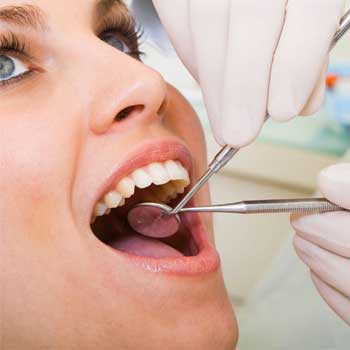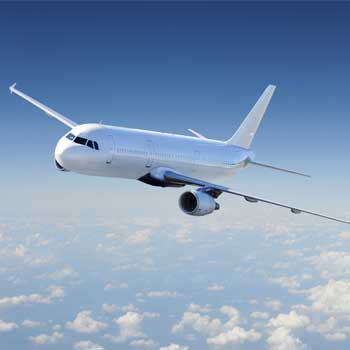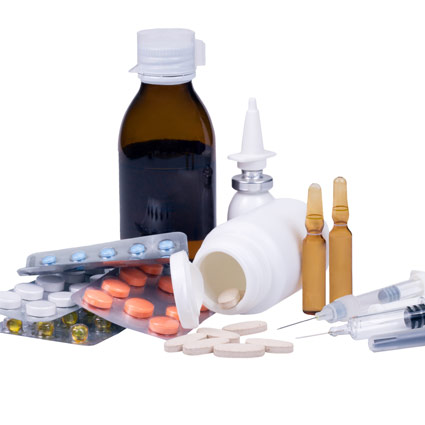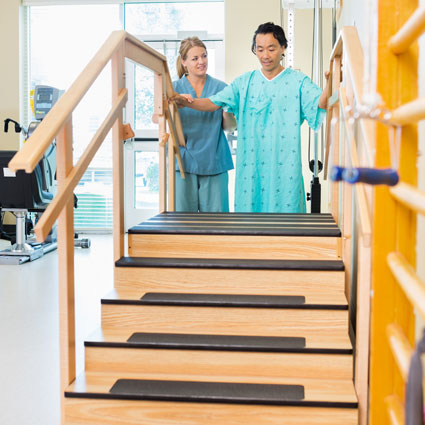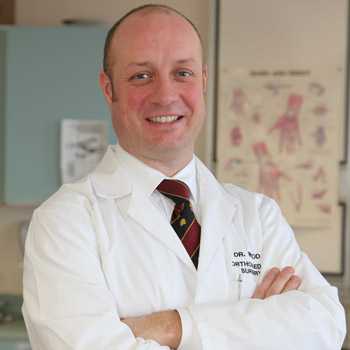Wound Infection
Wound infection is our biggest worry and complication in joint surgery. Accepted results are between 1-2% and are known to be higher following Total Knee Replacement.
Dr Wood’s Overall Incidence of Infection from 2008-2012
Surgeries performed at
Hotel Dieu Hospital
Total Knee Replacement: 2%
Total Hip Replacement: <1%
Upon discharge from hospital:
- Your incision will be covered by a waterproof dressing which will allow you to shower.
- Your hospital nurse will review with you how to care for your incisions/dressing at home, and how to identify any signs or symptoms of infection.
- Please follow the specific instructions given to you by your nurse or surgeon.
- The staples or stitches are removed in 10-14 days. You may be asked to have your family doctor remove them.
- Most Important is to contact your surgeon immediately if there is concern with the wound. Or ask your family doctor to contact your surgeon on your behalf.
You MUST NOT take antibiotic unless prescribed by your surgeon
If an infection occurs, early emergent washout and surgery of the hip is required to save the hip. If infection becomes established, the whole implant has to be removed and more surgeries are required. Hence the importance of infection prevention and urgent contact to the surgeon when it is suspected.
Note: Infection is a concern for future procedures, especially DENTAL work.
Prior to any procedure antibiotic must be administered. This is for the rest of your life!
Diabetic control is of utmost importance.
Poor control leads to a drastic increase in complications especially infections. HBA1C must be checked and less than 7.4 for safer surgery.

